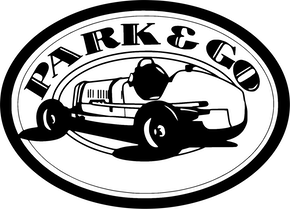Leeds Bradford Airport Parking - Airport History
Please find below a brief history of Leeds Bradford Airport which we hope that you will find useful. If you wish to make a booking then please click on the appropriate link on your left. Alternatively you can call our office, where one of our helpful staff will only be happy to help.
Leeds Bradford Airport is in a well-recognised position on the world wide airline network, thanks to the success of its "hub and spoke" links which provide connections world wide via London (Heathrow and Gatwick) and major European airports. Leeds Bradford airport started life at Yeadon Aerodrome in 1930. By 1936, £40,000 had been put aside for a terminal building, but only one wing was completed.
During the Second World War civilian flying ceased at the aerodrome, which was requisitioned by the Air Ministry. Two hard runways – a blessing for Leeds Bradford International Airport in later years – plus taxiways were built in the wartime development.
- Number of terminals: 1
- Number of passengers: 4.24 million
- Number of flights: 32,000
- Number of runways: 1
The airport was taken over by the Ministry of Civil Aviation on 1st January 1947. From then the airport operated on a limited scale for the West Riding Flying Club and the Lancashire Aircraft Corporation until 1953 when Yeadon Aviation Ltd, was formed and expanded these facilities to cater for charter and scheduled air services.
1954 saw the development of facilities such as radio, approach and navigational aids, passenger accommodation and catering to deal with the developing services. By 1960 there had been a number of improvements including extensions to the Passenger and Customs Halls, car parks provisions, the demolition of obsolete hangars, a public bar and restaurant provided and new equipment fitted in the control tower. It had also been decided to demolish three fifths of the huge wartime flight shed to make more parking space on the Apron. Plans were also put in place for a new terminal building, capable of dealing with 2,000 passengers an hour.
The Airport had certainly come a long way in those first 30 years, however it was nothing compared to the alterations, modifications and progress over the next 40 years leaving us with the airport we see today.
